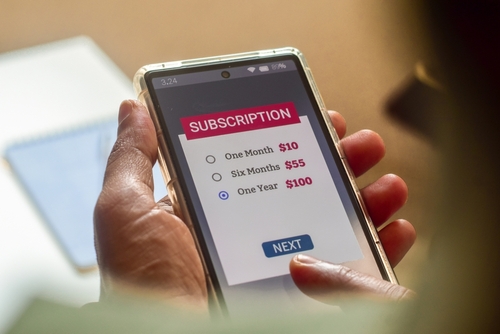As we step into 2025, the importance of savvy saving strategies has never been greater.
With the rising cost of living and increasing financial uncertainty, individuals are prioritising smarter ways to manage their money and achieve financial stability.
Whether it’s finding innovative ways to stretch a budget, embracing sustainable spending habits, or leveraging cutting-edge technology, these trends highlight a collective shift toward intentional and efficient financial behaviours.
The money experts at Moneyboat has analysed emerging patterns in personal finance to identify the top saving trends for the coming year. From adopting minimalism as a lifestyle choice to utilizing apps and tools that make saving seamless, these trends are paving the way for a more empowered approach to financial well-being in 2025.
The Rise of “Save and Splurge”
Consumers are becoming more strategic with their spending, cutting back on day-to-day costs so they can allocate funds toward special, high-quality purchases or experiences.
People are choosing to be more conscious when spending, following trends such as the ‘No Buy 2025’ trend which encourages individuals to pause unnecessary expenditures, aiming to save money and reduce overconsumption. Participants set specific rules to manage their spending, such as avoiding new clothing purchases or limiting entertainment expenses. This movement has gained traction on platforms like TikTok, with users sharing their experiences and savings goals. Some even form online accountability groups to stay motivated and share creative tips for repurposing items or finding free alternatives to common expenses.
Subscription Scrutiny
People are reevaluating their subscription services, cancelling those they don’t use, and opting for pay-as-you-go options to maximize flexibility and cut costs. This trend is fuelled by the growing awareness of “subscription creep,” where small, recurring charges add up significantly over time.

By conducting regular reviews of their bank statements and using tools to track subscriptions, consumers are identifying savings opportunities and regaining control over their budgets.
Digital-First Saving
Budgeting apps and AI-powered financial tools are gaining popularity, helping users automate savings, track spending, and set specific financial goals more effectively.
Features like gamification are also being incorporated into these apps to make saving more engaging. For instance, some apps reward users with badges or small cash incentives for meeting milestones, while others round up spare change from purchases to build savings over time.
Energy Efficiency Spending
With rising energy costs, investing in energy-saving appliances, smart home tech, and eco-friendly upgrades is seen as a long-term money-saving strategy.
Solar panels, smart thermostats, and LED lighting are becoming household staples, with many consumers taking advantage of government rebates and financing options to offset initial costs. Additionally, DIY energy-saving projects, such as weatherproofing doors and windows, are gaining popularity as affordable ways to reduce utility bills.
Second-hand and Circular Economy

More people are turning to thrift shops, online resale platforms, and refurbished goods as sustainable and cost-effective alternatives to buying new.
Platforms like Depop, Vinted, and eBay are seeing increased activity as consumers hunt for bargains on clothing, electronics, and furniture. Beyond saving money, this shift reflects a growing commitment to reducing waste and promoting sustainability.
Group Buying for Bigger Savings
Whether it’s group travel, bulk grocery purchases, or communal subscription sharing, pooling resources with friends and family is becoming a go-to strategy for saving money. For instance, group travel bookings often unlock discounts on accommodations and activities, while bulk purchasing reduces per-unit costs for essentials like cleaning supplies and pantry staples. Shared subscriptions to streaming services or software further cut individual costs while maintaining access to desired resources.
Cashback Programs
Cashback websites and apps are becoming essential tools for cost-conscious consumers, offering a percentage of spending back on online and in-store purchases.
Many platforms provide rewards on everyday essentials like groceries, fuel, and utilities, allowing users to save passively while shopping. Additionally, some credit cards now integrate cashback features, making it easier than ever to benefit from regular expenditures
Minimalist Living
Many people are embracing minimalist lifestyles, focusing on owning fewer but higher-quality items and spending on meaningful experiences over material possessions. This lifestyle shift is often accompanied by decluttering initiatives, where individuals sell or donate unused items, generating immediate cash savings and creating more intentional spaces.
DIY Culture Revival

From home cooking to DIY home improvements and crafts, consumers are tapping into their creativity to save on outsourcing costs. Popular projects include refurbishing old furniture, repairing household items, and creating homemade gifts. Online platforms like YouTube and Pinterest provide endless tutorials and inspiration, empowering individuals to take on projects that save money and add a personal touch to their living spaces.





